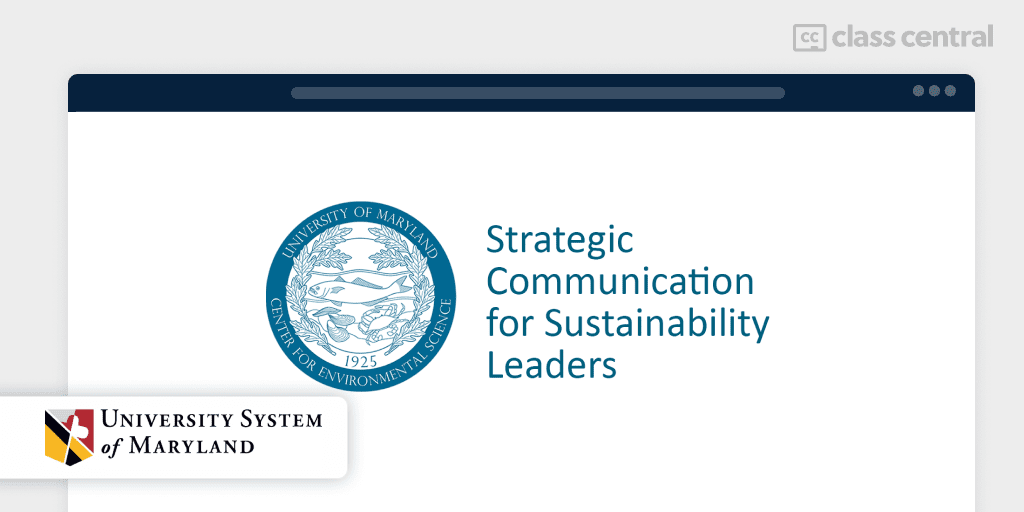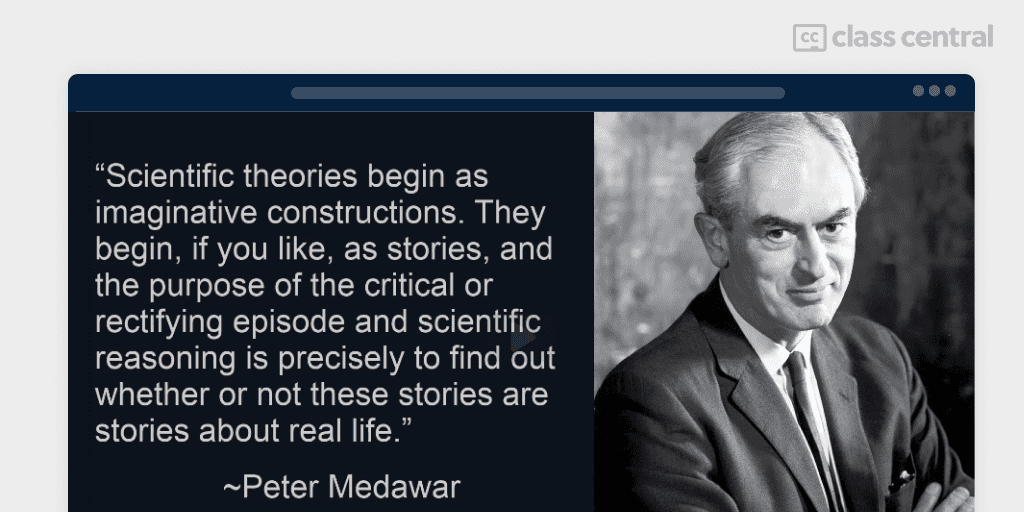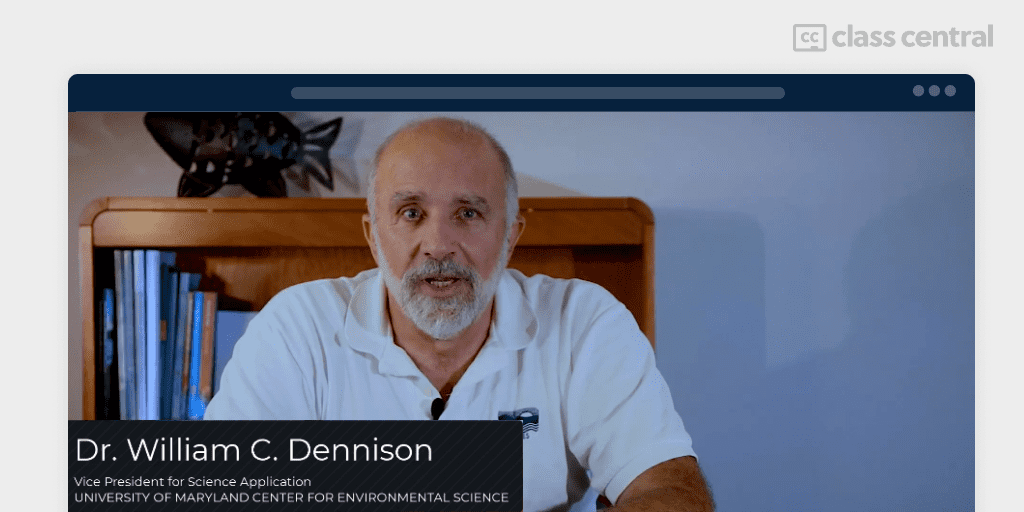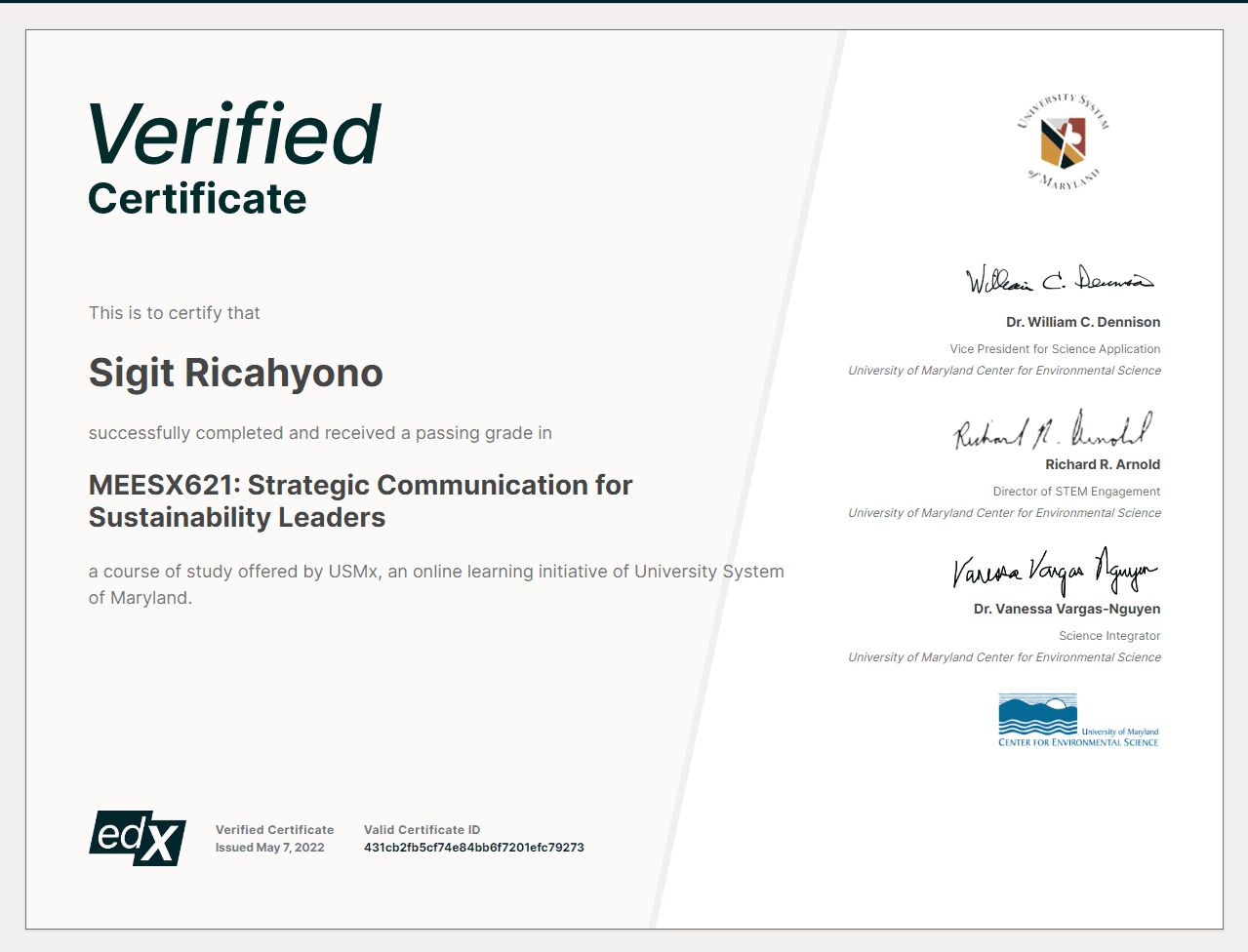Course review: Strategic Communication for Sustainability Leaders
Get hands-on understanding of strategic communication fundamentals with a practical guide based on years of experience of a team of scientific communicators.

Language, whose primary job is communication, should also be used to address problems regarding communication.
When I was a bachelor student majoring in English Language and Literature, all I got under “Linguistics” was “Descriptive Linguistics,” which covered Phonetics/Phonology, Morphology, and Syntax. All of this did not appear to be what I expected from Linguistics, a problem solution for phenomena of communication.
I felt happy when I did my master’s degree, which included classes in Pragmatics and Discourse Analysis (DA). These two are about language use rather than language usage. These individuals can be problem solvers. DA, in particular, has become one of my favorites. DA includes Critical Discourse Analysis (CDA) and Multimodal Discourse Analysis (MDA). In today’s multimodal, digital “YouTube” era, MDA, to be more specific, works better as a problem solution. MDA, as the name implies, is concerned with communication using verbal, visual, and (can be) audio modes. MDA evaluations for print media (static images) and moving images that I have utilized so far appear less adequate in light of current scientific and technological breakthroughs. When I saw “MEESX621: Strategic Communication for Sustainability Leaders” when googling edX courses, therefore, I was rather surprised.
The course

“MEESX621: Strategic Communication for Sustainability Leaders” by University System of Maryland focuses on “Science communication,” which is concerned with the successful distribution of knowledge to a diverse audience, including non-scientists. As a researcher, this is critical since successful science communication employs storytelling, context, visuals, and synthesis to help me express scientific knowledge. Sharing information with the public, in this case, contributes to positive change by increasing the audience’s appreciation for science in a useful way, increasing the audience’s understanding of science related to a specific topic, influencing people’s opinions or behaviors, changing policy, and engaging with diverse audiences to collaborate on solutions to societal problems.
I enjoy discovering new things. In module 3, I received the ‘storyboarding,’ as well as the ‘Seven Elements of Layout and Design.’ I learnt ‘Color Theory,’ ‘Color in Science Communication,’ and ‘Symbols and Diagrams’ in Module 4. I am confident that incorporating these new techniques into my future coursework and research will improve my multimodal communication skills.
Instructors

Dr. Bill Dennison chairs the team, which is assisted by Vanessa Vargas-Nguyen, a Science Integrator with the University of Maryland Center for Environmental Science (UMCES), and Richard Arnold, the Director of STEM Engagement for the University of Maryland Center for Environmental Science in Annapolis, Maryland. On a global scale, the team has worked with a wide range of partners to co-create hundreds of well-received scientific communication products. This ensures that this course provides a “taste of the different” for individuals seeking the most desired soft skill for today’s success.
Conclusion

This course stands out from the crowd because it provides a hands-on understanding of strategic communication fundamentals. It is not a theoretical presentation of the subject, but rather a practical guide based on the years of experience of a team of scientific communicators.






